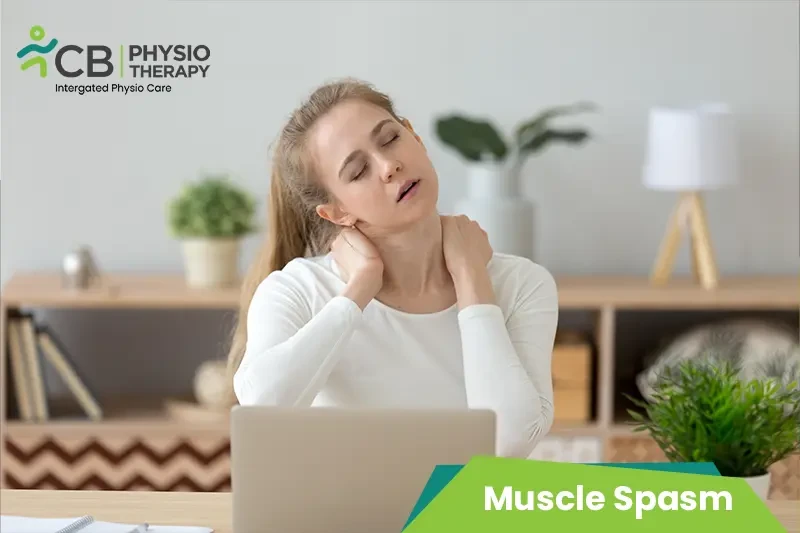
Muscle spasm is an involuntary contraction of the muscle group. It is a forcible uncontrollable contraction. When a muscle is in a continued state of contraction, local circulatory and metabolic changes occur in response causing prolonged contraction of a muscle. The most common sites for muscle contraction are the back, calves, thighs, feet, hands, abdomen, and arms. Altered circulatory and metabolic rate results in muscle- pain. Muscle contraction is self –perpetuating not depending on the presence or absence of irritability due to the primary cause.
Though the actual cause of muscle spasm is unknown one of the following can be the reasons for it:
Muscle spasm makes daily life and activities uncomfortable, painful, and difficult. A frequent spasm can make the day to day life difficult because of limited mobility,
Magnetic resonance imaging (MRI): Magnetic resonance imaging (MRI) uses large magnet and radio waves, to diagnose a variety of conditions, torn ligaments, and muscles. MRI may be a valuable tool to complement the history and physical examination in diagnosing muscle spasms.
Electromyography (EMG): Electromyography (EMG) is used to assess the muscle activity, and if there is any abnormality in the muscle.
Computed Tomography Scan (CT): Computed tomography scan CT scan images are used to see the position, size, and shape of muscles and also show muscle damage.
Muscle biopsy: Muscle biopsy is a process in which a piece of involved muscle tissue is removed and examined microscopically. Muscle biopsy helps to assess the problems in the connective tissue.
Select your City to find & connect with our experts regarding Physiotherapy for Muscle Spasm